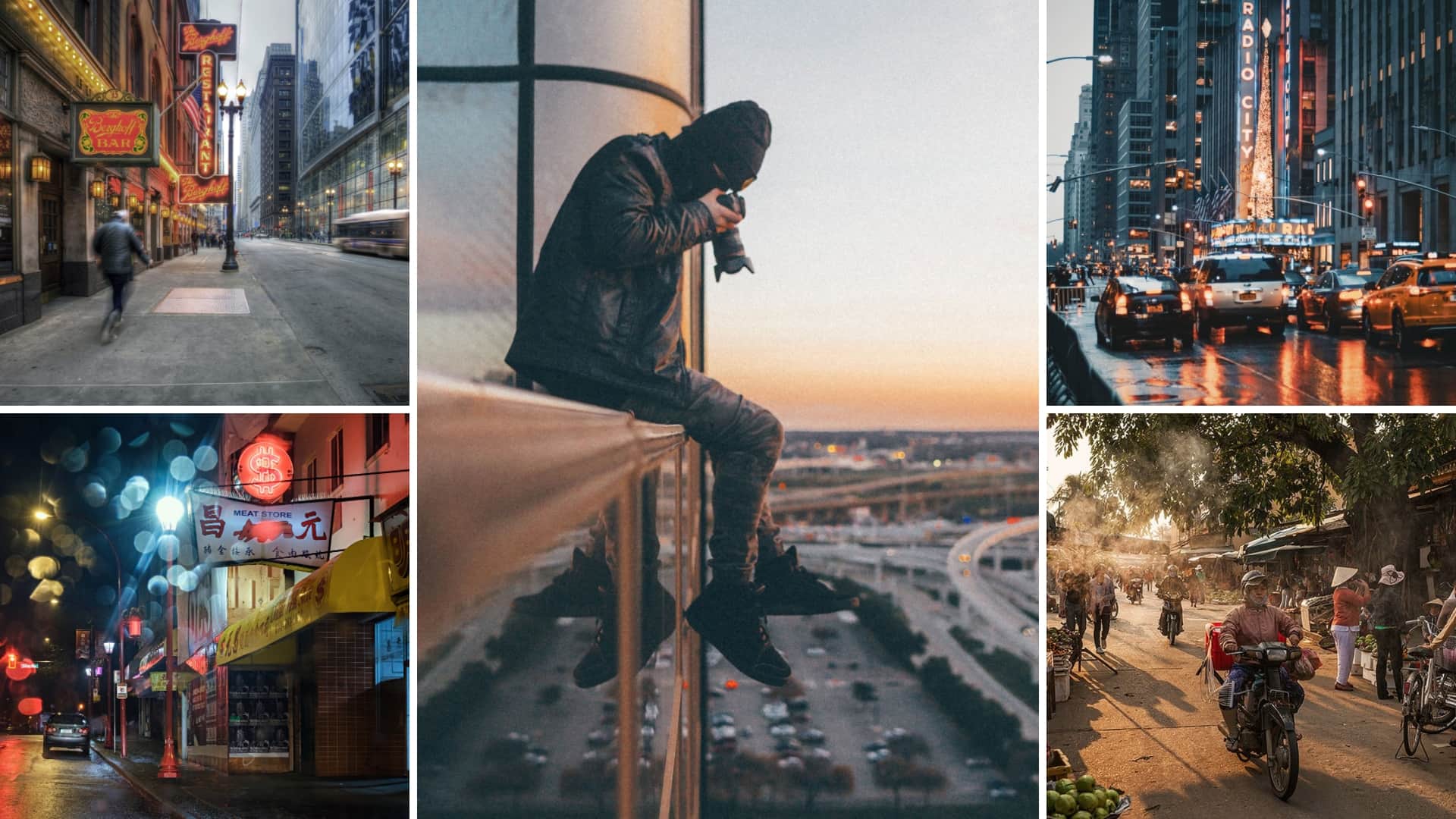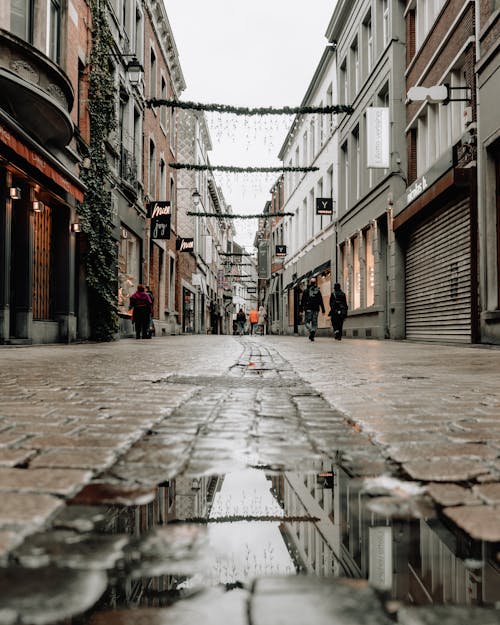The Greatest Guide To Framing Streets
The Greatest Guide To Framing Streets
Blog Article
Rumored Buzz on Framing Streets
Table of ContentsGetting My Framing Streets To WorkNot known Facts About Framing Streets6 Easy Facts About Framing Streets ExplainedSee This Report about Framing Streets

Both at the Museum of Modern Art (Mo, MA). Influenced by Frank, in the 1960s Garry Winogrand, Lee Friedlander and Joel Meyerowitz started photographing on the roads of New York. Phil Coomes, writing for BBC Information in 2013, stated "For those of us interested in road digital photography there are a few names that stand apart and one of those is Garry Winogrand"; doubter Sean O'Hagan, composing in in 2014, said "In the 1960s and 70s, he specified street digital photography as a mindset as well as a design and it has laboured in his darkness since, so clear-cut are his photos of New York." Returning to the UK in 1965 from the United States where he had fulfilled Winogrand and embraced road photography, Tony Ray-Jones turned a wry eye on usually surreal groups of British individuals on their holidays or getting involved in festivals.
Street digital photography is a substantial genre that can be specified in several ways, but it is commonly defined by the spontaneous capturing of an unrepeatable, short lived minute, usually of the day-to-day going-ons of complete strangers. It is classically shot with wider angle lenses (e. g. 35mm) and typically includes urban atmospheres.
What Does Framing Streets Mean?
Docudrama photographers typically have a defined, conscious message and a purpose to videotape specific occasions in history (https://www.evernote.com/shard/s712/sh/a20f905f-57e4-5272-51f4-f35da5427286/FHPVGf2byaymnUuFoCvbW6NB-nEwrGqgpr5jMmpHfYWRset57b4bWaOM-A). The range of the docudrama technique encompasses elements of journalism, art, education, sociology and history. In social examination, docudrama pictures are commonly planned to prompt, or to highlight the requirement for, societal modification
Road photography is typically seen as unposed and candid, but there are a few street professional photographers who communicate with complete strangers on the streets and take their pictures. Road pictures are unintended portraits taken of complete strangers while out doing street digital photography, however they are viewed as posed due to the fact that there is interaction with the subject.
Photographing people and locations in public is legal in most nations securing flexibility of expression and journalistic flexibility. There are usually limitations on just how pictures of people may be utilized and most nations have details legislations regarding individuals's privacy.
Framing Streets Can Be Fun For Anyone
While the common-law districts follow the UK, with regard to the liberty to take photos in a public location, Quebec law supplies that, in most scenarios, their magazine can happen only with the authorization of the subjects therein. The European Union's Civil rights Act 1998, which all EU countries need to support in their residential regulation, establishes in a right to privacy. Of freedom of expression. While likewise restricting digital photography in order to shield personal privacy civil liberties, road photography can still be lawful in France when sought as an art kind under specific conditions.

. who just strayed right into a scene), or that are not even well-known in the picture. https://giphy.com/channel/framingstreets1. It additionally does not usually encompass individuals that are somebodies (e. g - Lightroom presets. political leaders or stars). If a picture is considered art, the courts will additionally take into consideration the photographer's flexibility of creative expression; indicating that "artistic" street digital photography can still be legitimately released in specific instances
Framing Streets for Beginners
In Greece the right to take photographs and release them or Visit This Link sell licensing rights over them as art or editorial content is shielded by the Constitution of Greece (Short article 14 and other write-ups) and totally free speech regulations in addition to by instance regulation and legal cases. Photographing the authorities and releasing the photos is also legal.
In Hungary, from 15 March 2014 anyone taking pictures is technically damaging the legislation if a person wanders right into shot, under a new civil code that disallows taking pictures without the consent of everyone in the photo - 50mm street photography. This increases the legislation on grant consist of the taking of pictures, in addition to their publication
'Hidden photography' (kakushidori concealed, surreptitious photography) 'taken photography' (nusumitori without any intent of getting authorization) and "quick digital photography' (hayayori before consent and rejection can be provided) are forbidden unless in the former permission is obtained from the subject right away after taking the picture. People have rights to their photos (shzken, droit de photo).
Report this page